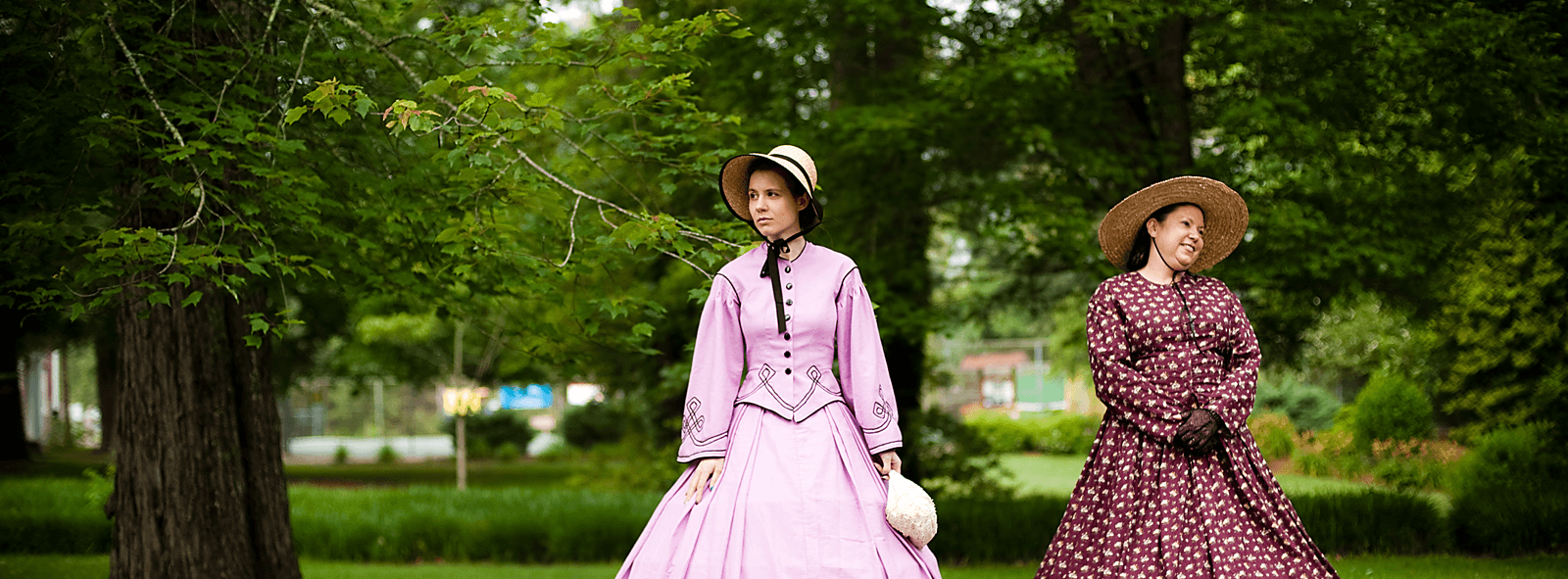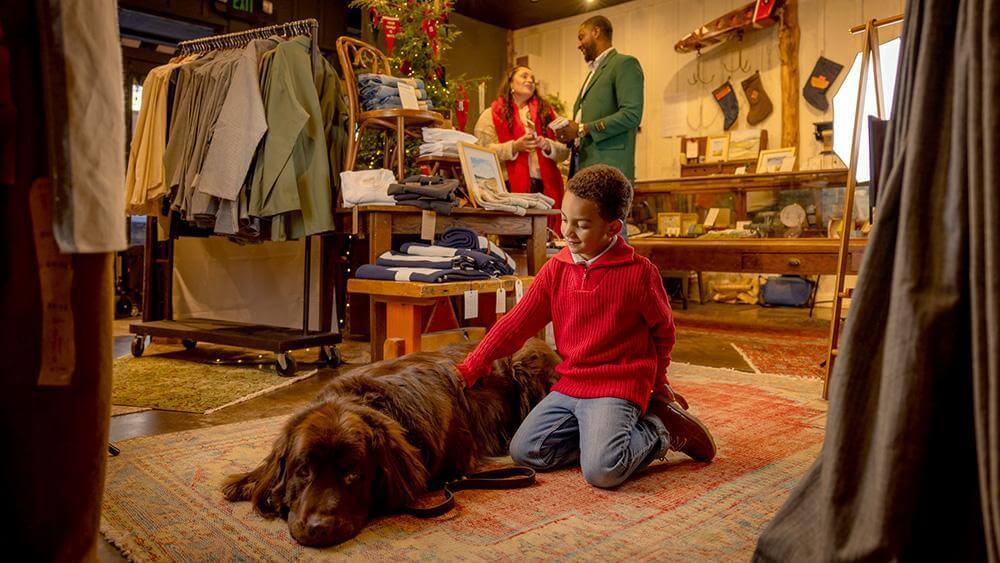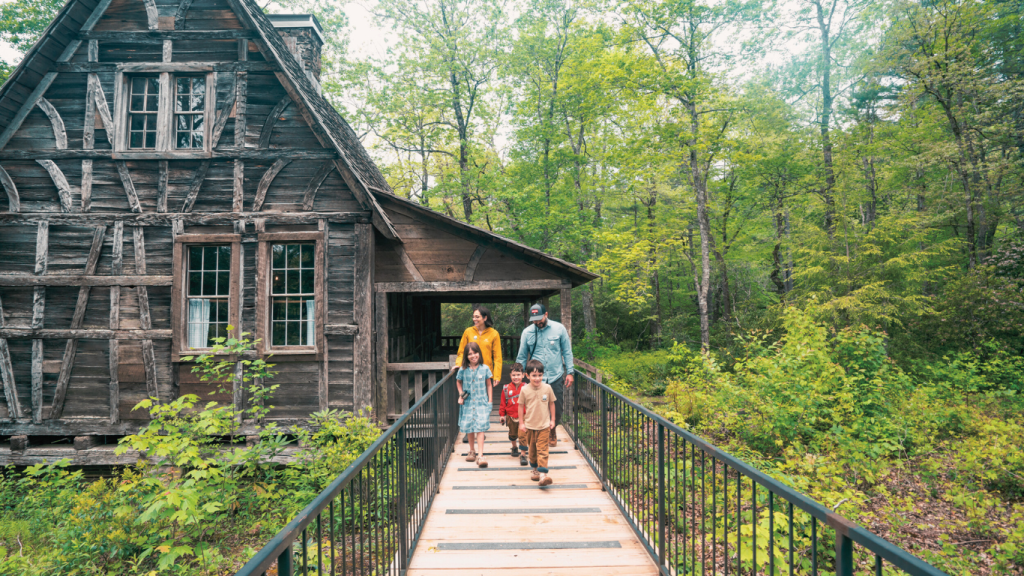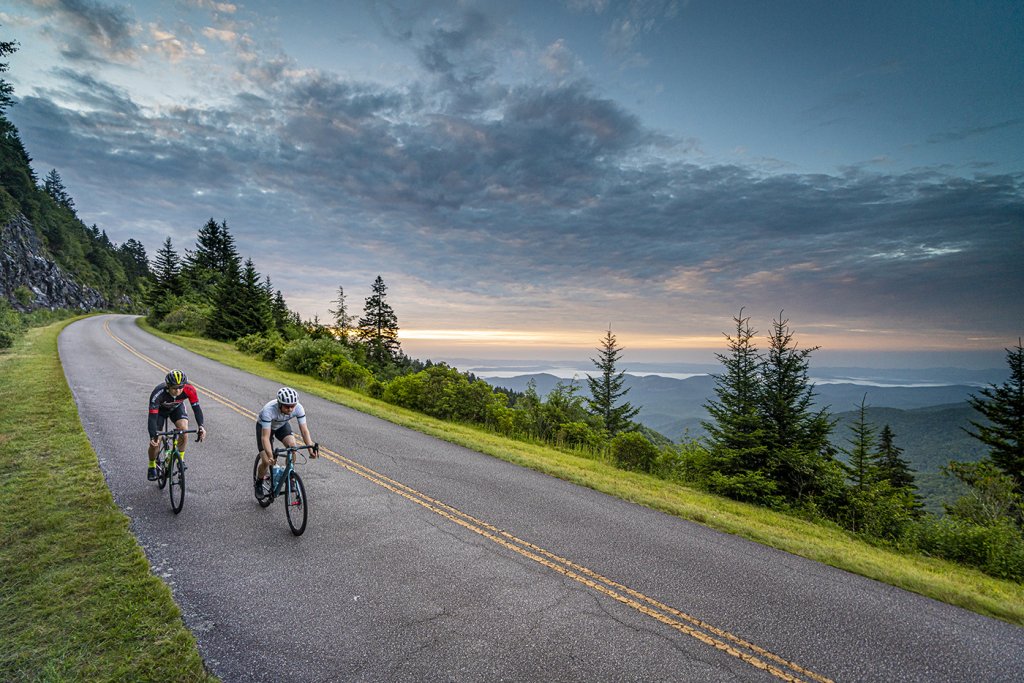Transylvania County’s Rich Heritage
Transylvania County is more than just a place of natural beauty—it’s a land rich in history and culture, shaped by the people and traditions that have called these mountains home for generations. Whether you’re exploring historic sites, learning about the region’s artistic legacy, or immersing yourself in Appalachian traditions, you’ll uncover a deep connection to both the past and today’s vibrant culture.

Step Back in Time
Long before its formal establishment in 1861, Transylvania County was the ancestral home of the Cherokee, who left a lasting legacy through place names, traditions, and cultural influence. Later, European settlers arrived, establishing communities that reflected their craftsmanship and resilience. Explore local museums and landmarks to learn more about the rich and diverse histories that have shaped the region.
Creative Heart of the Mountains
For years, Brevard has drawn artists, musicians, and makers, fostering a lively cultural scene. Galleries highlight the work of local artisans, and the world-renowned Brevard Music Center hosts performances that bring classical music to the mountains each summer. Appalachian crafts like pottery and woodworking also remain central to the area’s artistic identity.


Honoring Moms Mabley
Transylvania County’s heritage is rooted in natural beauty and rich artistic contributions. One notable figure is Loretta Aiken, born in Brevard in 1894, who became the groundbreaking comedian Moms Mabley, the first Black woman to gain national recognition in stand-up comedy. Inspiring entertainers like Whoopi Goldberg and Eddie Murphy, her legacy is honored with a mural in Clemson Plaza. Moms Mabley’s fearless humor and trailblazing spirit reflect the creativity that defines Transylvania County, from Appalachian crafts to performances at the Brevard Music Center.
Get Inspired
Dive into our blogs for inspiring stories, helpful tips, and ideas to enhance your visit.
Be Prepared
Dive into our resources for safe and mindful exploration of our beloved mountain oasis.







